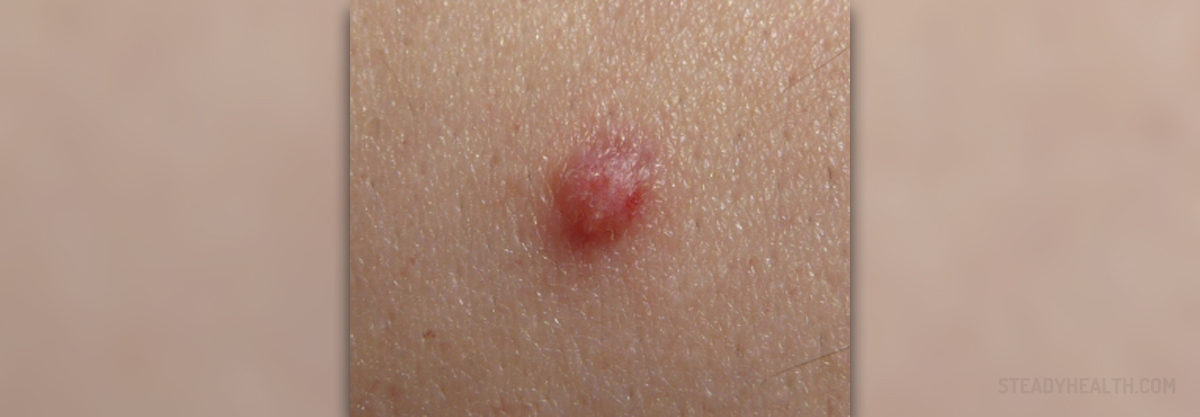
Genital warts in women can appear anywhere around the labia, the anus, in the vagina or on the cervix. Sometimes they are tiny and hardly noticeable, while other patients have large warts that appear in clusters, like cauliflowers. Most doctors recommend an active approach to the treatment of genital warts during pregnancy. Not all do, however. If the warts are not large, some doctors recommend waiting until after the birth to treat genital warts. This is because removing the warts does not cure HPV, which will always remain in the body of the patient.
Removal of warts during pregnancy is quite likely to lead to a quick regrowth of new genital warts. If you and your doctor opt to start treatment, you can choose either surgical removal (several methods are available) or medication that is topically applied. Not all creams for genital warts are safe in pregnancy. Complications from genital warts are rare, but they can happen. Women can pass genital warts on to their babies, and in rare cases they can even develop in an infant's throat, leading to serious breathing difficulties. Unless your warts are so large that they cover your cervix or obstruct the birth canal (which can happen), you can deliver vaginally if you have genital warts. Research has shown that c-sections do not reduce the chance of passing HPV onto your baby.
- www.cdc.gov/std/treatment/2010/genital-warts.htm
- www.cdc.gov/std/pregnancy/stdfact-pregnancy-detailed.htm
- Photo courtesy of George Chernilevsky by Wikimedia Commons: pt.wikipedia.org/wiki/Verruga_genital#/media/File:Papilloma_2009_G2.jpg



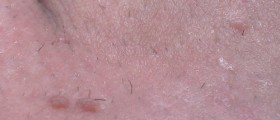
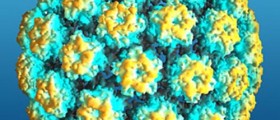
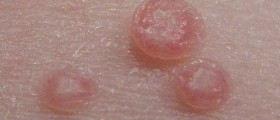
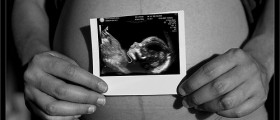







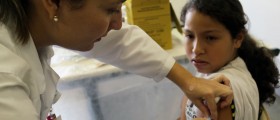
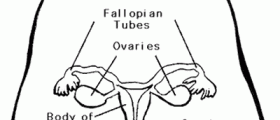

Your thoughts on this
Loading...